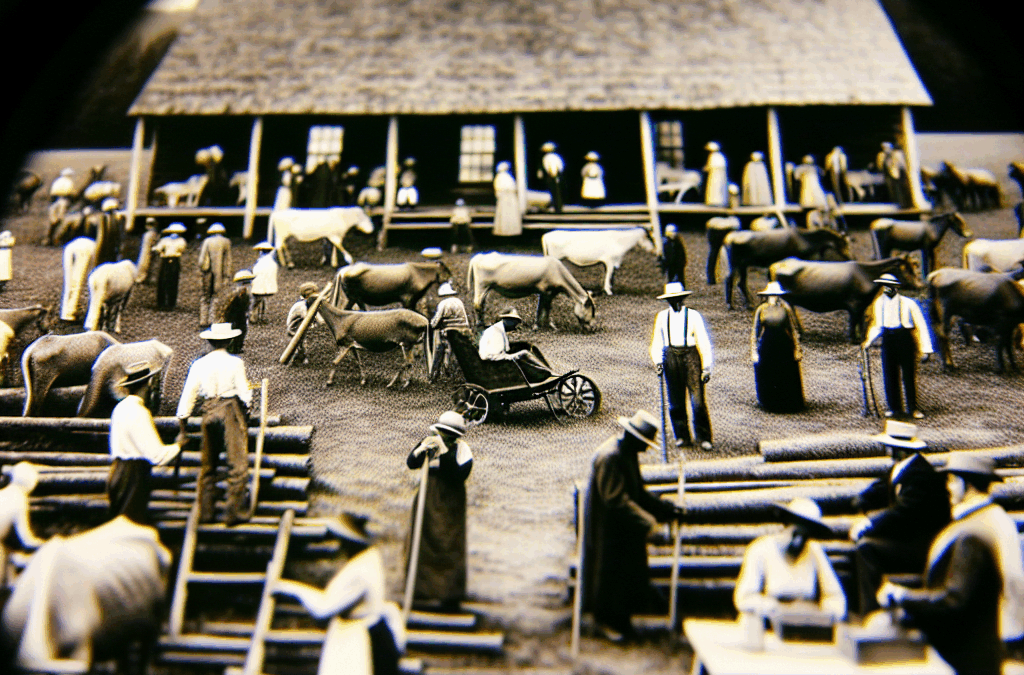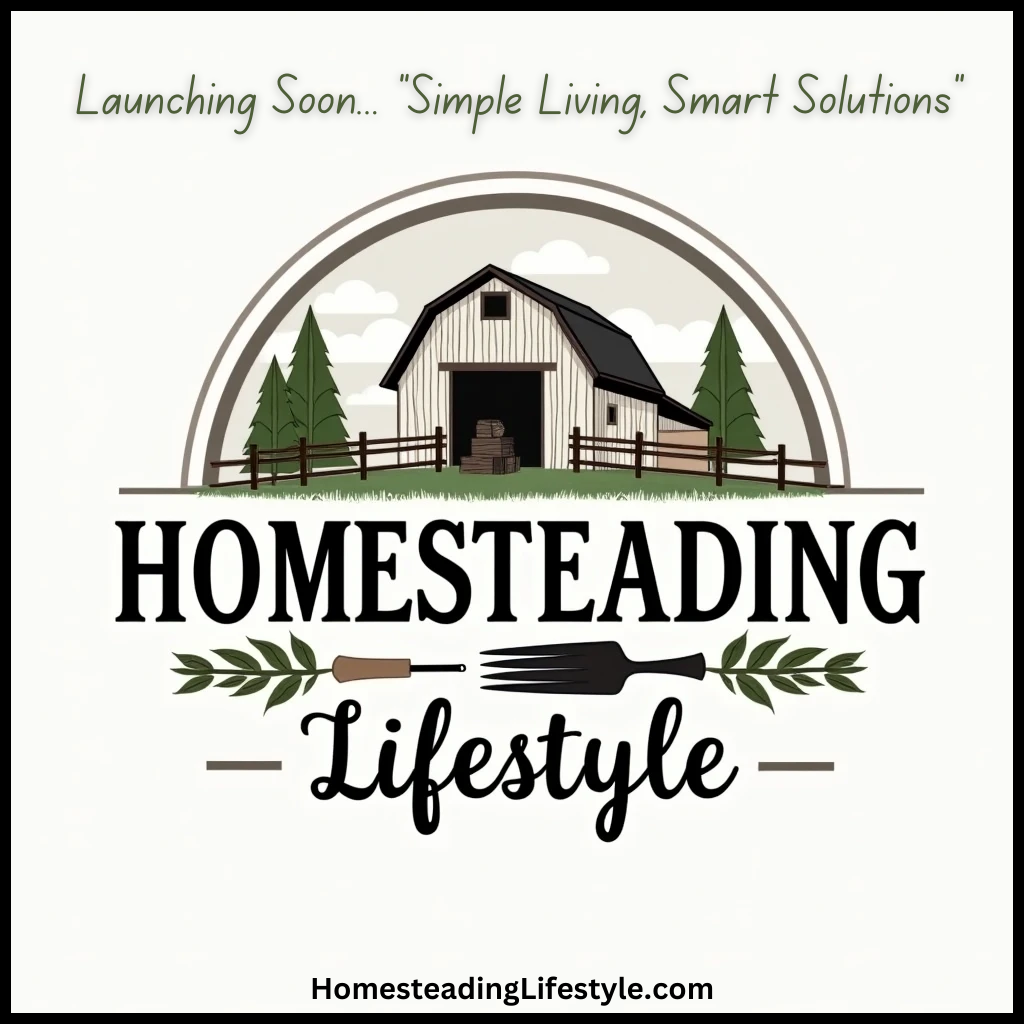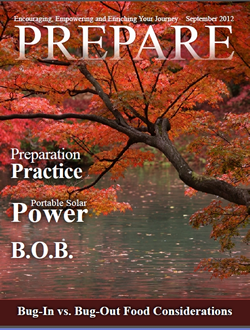Understanding Your Vision for Independence
Creating a Clear Goal
When I first jumped into homesteading, I quickly realized that having a clear vision was vital. It’s easy to get lost in the endless tasks that come with a homestead. So, the first thing I did was sit down and write out what independence meant to me. Was it about growing my own food? Off-grid living? Or maybe it was just about saving money? Whichever it is for you, getting specific is key.
Once I had my goal defined, I could break it down into smaller, manageable pieces. Think of it like preparing a delicious meal—you don’t just throw everything into a pot. You chop, sauté, and simmer in stages. This same logic applies to your homesteading journey. Each step you take, no matter how small, moves you closer to that independence you’re dreaming of.
Remember, your vision can evolve over time. It’s a living document that reflects your growth and changing circumstances. Don’t hesitate to revisit and refine your goals regularly. After all, you’re building your own path, and it should feel right for you!
Building a Sustainable Infrastructure
Setting Up Your Space
The physical setup of your homestead is essential. When I began, I made some real rookie mistakes with spacing and layout. The placement of your garden beds, animal enclosures, and water sources can make all the difference. It’s like setting up your very own ecosystem. I recommend starting small and expanding as you learn what works best in your space.
As I set things up, I also thought about sustainability. Using recycled materials when possible and creating managing systems for composting or rainwater can drastically impact efficiency and your environmental footprint. If you’ve got the chance to use the natural resources around you, do it! They can be a huge asset.
Also, consider your own comfort and accessibility. You want your homestead to be a place that nurtures your mental and physical well-being. A functional layout allows you to enjoy the fruits of your labor without constantly fighting against your own setup.
Learning Essential Skills
Acquiring Knowledge
The learning curve can be quite steep in the homesteading world. I spent countless hours devouring books, watching videos, and asking experienced homesteaders for tips. There’s no one-size-fits-all rule, and what worked for someone else may not work for you. But the more you know, the better equipped you are to tackle challenges.
Don’t be afraid to make mistakes—that’s when the real learning happens. I once had a gardening mishap that turned out to be the best teacher I could have asked for. Making a note of what went wrong and researching solutions helped me improve my techniques going forward.
Lastly, consider engaging with your local community. Finding a few local classes where you can learn hands-on skills not only enhances your knowledge but also creates valuable connections. Plus, it’s a ton of fun to meet people who share your interests!
Connecting with Community Resources
Building Relationships
Community is everything in the homesteading world. I quickly realized that isolating myself wasn’t the way to go. Engaging with local resources such as farmer’s markets, swap meets, or even neighborhood groups can open up a wealth of knowledge that simply can’t be found in books. I found some of my best resources came from casual conversations with fellow homesteaders.
Networking is also crucial for resource sharing. Whether it’s borrowing tools or sharing produce, nothing beats the sense of camaraderie that comes from working together. There’s an unspoken bond that forms when you’re all raising animals, growing crops, and learning together!
Lastly, consider joining online communities and forums. They can be a great source of information and inspiration. You’d be surprised how much kindness and knowledge is shared among homesteaders, even in digital spaces!
Practicing Patience and Adaptability
Adjusting Your Mindset
Patience is truly a virtue in homesteading. Almost every project I took on ended up taking longer than I anticipated. It can be incredibly frustrating, but learning to embrace the slow pace of nature has been one of my greatest lessons. Everything takes time, whether it’s building a fence or growing vegetables. Not every seed will sprout, and that’s just part of the game.
Being adaptable also plays a huge role in gaining your independence. Weather, pests, and other unforeseen circumstances can throw a wrench in your plans. Instead of stressing, I’ve learned to pivot and find new solutions. For example, when my tomatoes were overtaken by blight, I pivoted to learning about companion plants that could protect my next crop. And guess what? I ended up having a more diverse garden than I initially planned!
So be ready for surprises and keep that mindset flexible. It may not always feel like it, but every challenge you face is just another step towards achieving true homestead independence.
Frequently Asked Questions
1. What is the first step in homesteading for independence?
The first step is to define what homesteading independence means to you. Clarifying your goals is crucial to guide your journey.
2. How do I build a suitable infrastructure for my homestead?
Start small and consider your space and layout wisely. Incorporate sustainable practices and ensure comfort in your design.
3. What skills do I need to learn for successful homesteading?
Focus on gardening, animal care, food preservation, and basic carpentry. Learning these skills will make your homesteading journey much smoother.
4. Why is community important for homesteading?
Community connections provide support, resources, and knowledge sharing that can greatly enhance your homesteading experience.
5. How do I deal with challenges in homesteading?
Practice patience and adaptability. Embrace setbacks as learning opportunities, and don’t hesitate to change your approach as needed.





